Contributed by David Lozada’s Travels
When my friends and I were deciding which countries to visit 6 months before we went to Norway for the Lillehammer Winter Youth Olympics, I had reservations about going to other Scandinavian countries. It would be practical because of the proximity to Norway but it would also be expensive!
Also read: Budget Guide for Scandinavian Cities: Oslo, Stockholm, Helsinki & Copenhagen
Norway, Sweden, and Denmark are some of the most expensive countries to live in and travel to. Travel to Sweden even on a budget, for example, would cost at least $120 per day. A day in Denmark on a budget is a conservative $152.
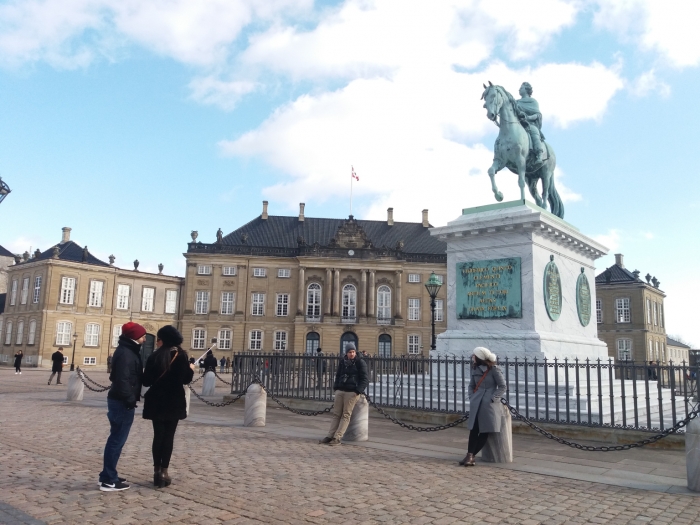 Amalienborg Palace, home of the Danish royals, is easier to reach by walking than by driving.
Amalienborg Palace, home of the Danish royals, is easier to reach by walking than by driving.
But then we decided that the costs would outweigh the experience. Though expensive, these countries are also tagged as “must-visits” by many travellers. The 3 countries are often on top of travel bucket lists for the authentic experience they offer.
We maximised the limited time we had and decided to traverse all 3 Scandinavian countries in 5 days. After Lillehammer, we made short stops in Oslo, Gothenburg, and Copenhagen – travelling from one city to another by land.
If you’re planning to visit Scandinavia soon, here’s a quick guide on how to save time and resources going around.
Cashless societies
My boss, before I left for Norway, told me that cash is rarely used in the country. He said it would be better for me to leave money in my debit card or bring a credit card for my expenses than to bring cash. I didn’t believe him.
I realised he was right the moment I stepped in Lillehammer. Most of the shops preferred credit cards than cash. Some didn’t even accept cash!
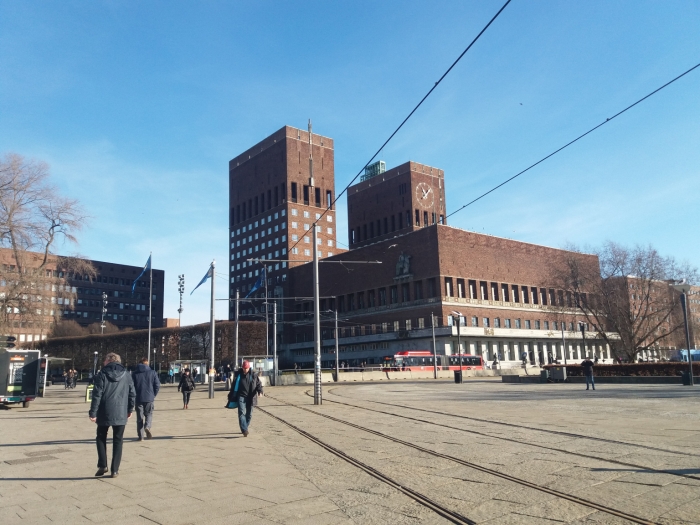 Pedestrians, bike lanes, and tramways line the streets in front of Oslo City Hall.
Pedestrians, bike lanes, and tramways line the streets in front of Oslo City Hall.
This experience rang through across the region. I saw that most locals don’t carry cash with them and that most restaurants prefer card transactions. The ticketing machines for the trains and trams had slots for coins and credit cards but no space for inserting cash.
These countries are moving towards cashless transactions so if you are travelling to the region in the future, it might be better to use a credit card.
Options for travel
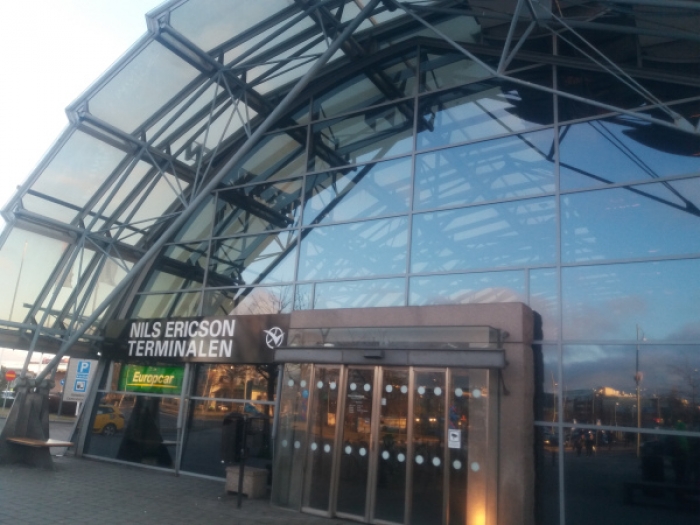 Nils Ericson Terminal, located beside Gothenburg’s main train station, is where buses leaving and arriving in the city set off and end.
Nils Ericson Terminal, located beside Gothenburg’s main train station, is where buses leaving and arriving in the city set off and end.
Because of the proximity, Scandinavia (except Iceland) is accessible by land travel. Travelling by land is also the best way to see the countryside scenery.
In our experience, the cheapest way to go from one city or country to another is by bus. Oslo to Gothenburg by bus is only around $32 to $40. The same route by train is around $60 to $100 one way. Though they take longer, buses go straight from point to point while you’ll have to transfer trains if you’re using the rail. This is inconvenient if you have large luggage travelling around.
Ticket and bus reservations, however, can be done online and work like airline reservations – it’s cheaper if you book further from the date of travel. We booked 2 weeks before our travel so our options were limited.
Also read: 12 Destinations to Complete Your Scandinavian Experience
Air travel is also cheap if you book it ahead of time and if you take advantage of promos. Our flight from Copenhagen to Amsterdam one way is $70 with check-in luggage. Unless you’re in a rush, why fly when you can enjoy the picturesque landscape of Scandinavia?
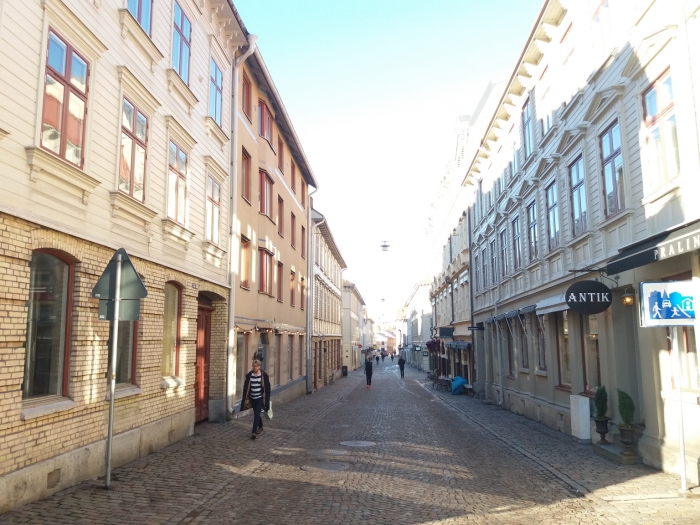 Haga, one of Gothenburg’s oldest neighbourhoods, is a good area for a walkabout.
Haga, one of Gothenburg’s oldest neighbourhoods, is a good area for a walkabout.
Transportation around the cities we visited is also expensive. One train ride in Oslo could easily cost NOK 32 or $4. But this is the good thing in Scandinavia – the cities are walkable! Instead of taking trams or trains, we walked to the tourist spots we wanted to visit. This is when planning your itinerary is important so you don’t end up going around in circles.
Travellers also have the option to see the city by cycling. As I said in my earlier posts, bike lanes are accessible in all the 3 cities I visited. Bike tours are also available. In Copenhagen, these cost around $50 to $70 a day, depending on the season. But since my friends and I weren’t that confident of our biking skills and it was winter, we opted to just walk around.
Food options and accommodation
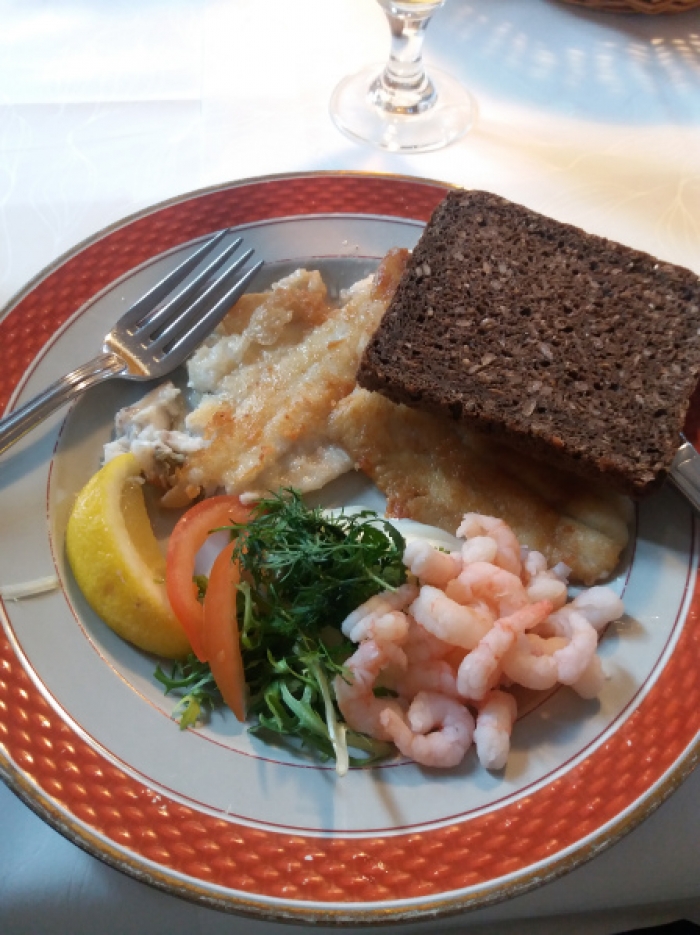 A good Danish meal in Copenhagen!
A good Danish meal in Copenhagen!
Scandinavia is not as popular as a gastronomic destination as Southeast Asia or India and for a good reason. Though there are must-try foods like salmon in Norway or pickled herring in Sweden or fried pork in Denmark, there’s really not much to try in the region especially for those of us who grew up with exposed tastebuds.
Food, as in everything in the region, is expensive. We also had a hard time looking for good restaurants that catered to our gastronomic needs. The beers and wines though are excellent and should accompany every meal.
If Scandinavian food doesn’t suit you, don’t worry! These cities are cultural mixing pots so there are many restaurants from other cultures available. The most common ones I saw are Italian, Vietnamese, and Thai food.
Checking in in a hotel costs around $150 to $200 a night for one room. If you’re travelling as a group like us, it is best to use Airbnb to get reasonable prices and amazing locations. We used Airbnb all throughout our Euro trip and we did not get disappointed with the apartments we got.
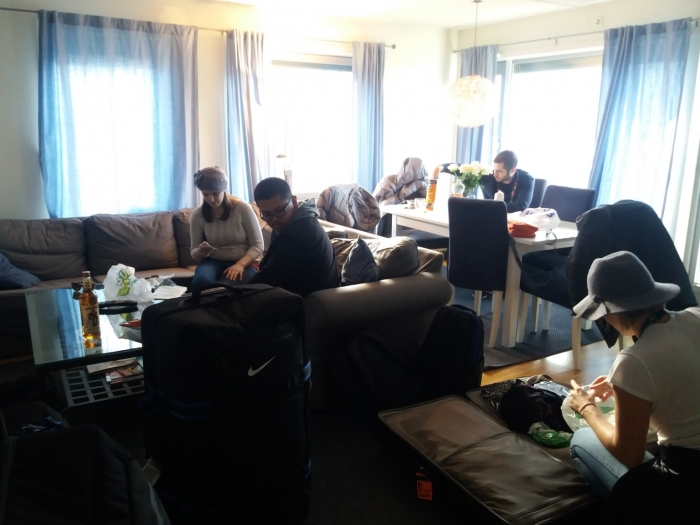 A part of our amazing apartment in Oslo.
A part of our amazing apartment in Oslo.
Renting an apartment is also way cheaper than getting a hotel room. For a night in Oslo, we only spent EU129 for an apartment with 3 rooms. Since there were 6 of us, we only paid around €22 per person.
Itinerary
Here’s the itinerary of our trip in Scandinavia. Though we weren’t able to go to other relevant tourist sites because of our limited time, we had the time of our lives in the region!
Day 1:
11am Leave Lillehammer for Oslo
1.30pm Arrive in Oslo
2pm Arrive in Oslo accommodation
4pm Late lunch at city centre
4.30pm Royal Palace Oslo
5.30 pm
- Vigeland Sculpture Park/ Frogner Park
- Dinner and drinks at home
Day 2:
9am Breakfast
10am Walking tour of the centre:
- Parliament
- Oslo City Hall
- Oslo Harbor
- Akershus Fortress
- Nobel Peace Center
12pm Check out and head to Oslo Bus Terminal
1.15pm Leave Oslo for Gothenburg
4.30pm Arrive in Gothenburg
5.30pm
- Check in at Gothenburg Accommodation
- Avenyn (Shopping, dinner, drinks)
- Night out at Järntorget
Day 3
10am Gothenburg Museum of Art + Gotaplatsen
11am
- Haga for late breakfast
- Skansen Kronan
- Oscar Fredrik Church
1.30pm
- Slottsskogen Park
- Gothenburg Natural History Museum
2.30pm
- Lunch at Magsasinsgatan
- Souvenir Shopping
3.30pm River Boat Cruise at Lilla Bommen
7pm Thai Food dinner!
Day 4
6am Check out and head to Gothenburg Nils E Terminal
7am Leave Gothenburg for Copenhagen
12pm Arrive in Copenhagen
12.30pm Check in at accommodation
2.30pm Lunch at Tivoli Hallen
4pm National Museum of Denmark
4.30pm Christiansborg Palace
7pm Dinner at Vietnamese Restaurant
1am Party
Day 5
10am Breakfast
11.30am Amalienborg
12pm Frederik’s Church
1pm Rosenborg Castle/ Rosenborg Castle Gardens
2.30 pm Lunch
4pm Gefion Fontain – The Little Mermaid
5pm
- Nyhavn
- Strøget (Shopping)
- Studiestræde
Day 6
5.30am Check out and leave for Copenhagen Airport
6.15am Check in for flight to Amsterdam
8.15am Leave for Amsterdam
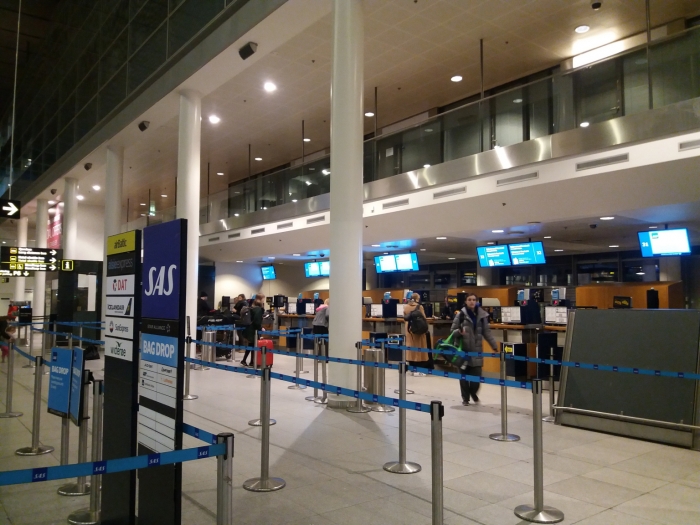 Check-in counters at Copenhagen Airport.
Check-in counters at Copenhagen Airport.
Also read: How to Travel in Europe for Longer But Cheaper
Got any tips on travelling around Scandinavia? Let me know in the comments!





